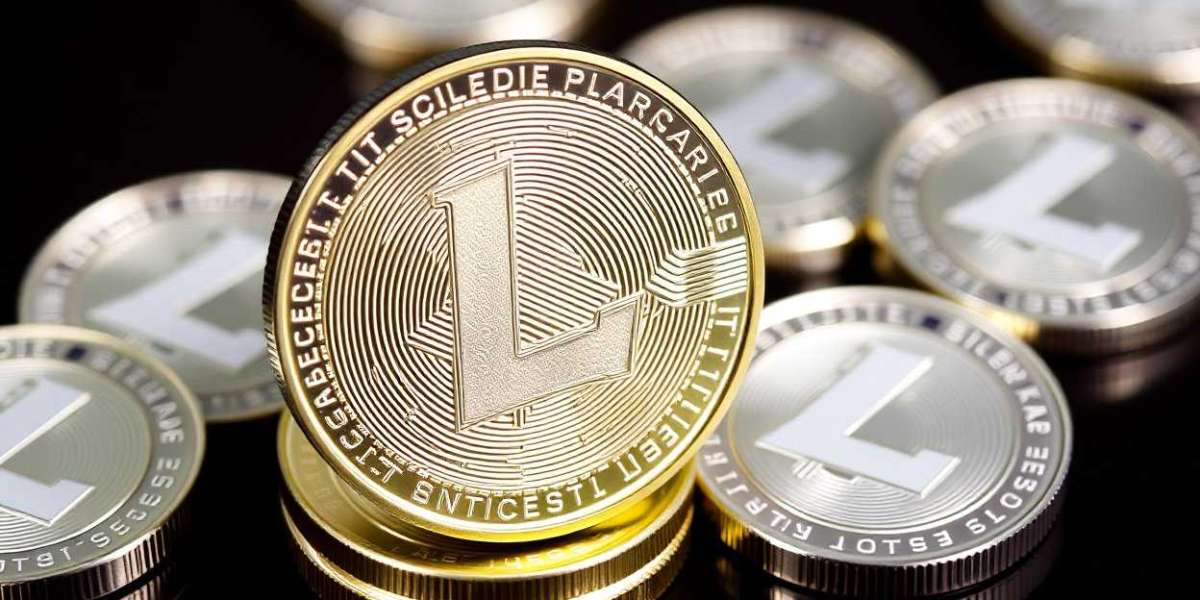1. Market Volatility and Price Fluctuations
Cryptocurrencies are known for their volatility, and Myria is no exception. Like many emerging projects, the price of Myria can experience wild swings due to speculative trading, market sentiment, and global financial events. For a relatively new cryptocurrency, these fluctuations can be even more pronounced, especially when the project does not yet have widespread use or adoption.
Impact on Myria: This market volatility can deter long-term investors and make it difficult for Myria to establish itself as a stable asset. It also poses risks for users and developers who rely on a stable and predictable economy to build decentralized applications (dApps) and services.
Possible Solutions: To address volatility, Myria can focus on implementing more stable tokenomics, such as introducing mechanisms for controlling supply and demand. Staking rewards, liquidity mining, and strong community engagement could also help stabilize the price in the short term. Additionally, creating real-world use cases for Myria could drive more consistent demand and value, reducing dependency on speculation.
2. Adoption and Network Growth
For any cryptocurrency, gaining widespread adoption is critical. Myria, though promising, still faces the challenge of convincing users and developers to join its ecosystem. Many cryptocurrencies face difficulties in gaining traction due to competition from established players like Bitcoin, Ethereum, and newer chains with faster transaction speeds and greater scalability.
Impact on Myria: Without a solid user base and developer engagement, Myria’s network could struggle to grow. Its decentralized applications (dApps) and other services depend on a thriving ecosystem of users, developers, and businesses. If the platform fails to attract and retain these key participants, its value proposition may diminish.
Possible Solutions: Myria should focus on building strategic partnerships with industry leaders and influencers in the blockchain, gaming, and DeFi sectors. Creating incentives for developers to build on the Myria blockchain, such as grant programs or rewards for successful projects, can also help grow its ecosystem. Additionally, integrating with existing platforms and offering bridges to other blockchains could help Myria gain a foothold in the crowded crypto space.
3. Technical Scalability and Network Performance
Myria touts its scalability as one of its main selling points. However, scalability remains a significant challenge for most blockchain platforms, and achieving true scalability without sacrificing decentralization is a complicated task. Myria’s ability to handle a growing number of transactions and users will be tested as the platform scales.
Impact on Myria: Scalability challenges could result in network congestion, high transaction fees, or slow confirmation times. If Myria cannot deliver a fast, scalable, and low-cost environment for users, developers may look elsewhere for their blockchain needs, undermining the project’s long-term success.
Possible Solutions: To address scalability, Myria must continuously invest in its infrastructure and leverage technologies like Layer 2 solutions or sharding to increase transaction throughput. Ensuring that the network remains decentralized while scaling will be crucial to the platform's ability to handle increased demand.
4. Regulatory Uncertainty
One of the most significant challenges facing Myria, and the entire cryptocurrency space, is the ongoing regulatory uncertainty. Governments worldwide are grappling with how to regulate cryptocurrencies, and Myria’s ability to operate across borders depends on the evolving legal landscape.
Impact on Myria: Changes in cryptocurrency regulations or outright bans in certain jurisdictions could affect Myria's global reach. If Myria is unable to navigate the complex regulatory environment, it may face legal challenges that could impact its development, adoption, or even lead to restrictions on its use.
Possible Solutions: Myria must work proactively to stay compliant with emerging cryptocurrency regulations. This could include working with legal experts to ensure the project adheres to local laws while pushing for favorable regulation in key markets. Being transparent about the project’s operations and goals will help build trust with regulators and users alike.
5. Security Concerns
As with any blockchain, Myria is susceptible to cybersecurity threats, including hacking, phishing, and other forms of exploitation. Cryptocurrencies are an attractive target for cybercriminals, and Myria’s platform must ensure the security of its network and users.
Impact on Myria: A major security breach or loss of funds could severely damage Myria’s reputation and user trust. Cryptocurrency users value security and privacy, and if Myria cannot offer a secure environment, it may struggle to attract and retain users.
Possible Solutions: Myria should prioritize security by conducting regular audits, implementing multi-signature wallets, and using advanced encryption techniques. Building a strong security protocol will help establish the platform as a trusted network and reduce the likelihood of successful attacks. Transparency in addressing security incidents will also enhance Myria’s credibility.
6. Lack of Real-World Use Cases
One of the major criticisms faced by many cryptocurrencies, especially newer ones, is the lack of real-world applications. While Myria has great potential in decentralized finance (DeFi), gaming, and NFTs, it must prove its real-world utility to attract long-term users.
Impact on Myria: Without tangible use cases, Myria may be viewed as a speculative investment rather than a useful tool for real-world problems. If the platform cannot demonstrate real value beyond its technical features, it may fail to retain the interest of users and investors.
Possible Solutions: Myria can solve this issue by focusing on building concrete use cases in industries such as gaming, DeFi, and NFTs. Collaborating with existing platforms and offering solutions that solve real-world problems, like faster transactions and lower fees, could help showcase Myria’s practical value. Additionally, integrating the platform with existing blockchain ecosystems could help broaden its application.
Conclusion
Myria cryptocurrency holds significant promise in the blockchain and DeFi space. However, it faces several challenges that could impede its progress, from market volatility to technical scalability and regulatory uncertainty. By addressing these challenges proactively, Myria has the potential to carve out a niche in the increasingly competitive crypto market. The key to success lies in building a sustainable ecosystem, focusing on security, scalability, and adoption, and remaining adaptable in the face of regulatory hurdles.
As the crypto space continues to evolve, Myria’s ability to innovate and meet these challenges head-on will determine whether it becomes a leader in the next generation of decentralized technologies or fades into obscurity. The future of Myria will ultimately depend on its ability to execute its vision and deliver real-world value to its users.
W3Digest brings you the freshest trends and crypto news today and cryptocoins.











